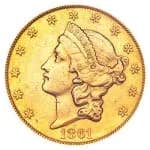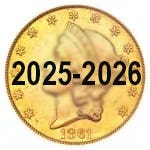© 2025 Active Interest Media All rights reserved.
SubscribeAbout UsContactAdvertiseDownload Our Media KitStaffSubscribe to Our NewslettersGet Listed in our DirectoryGift Subscriptions: Bank Note ReporterBank Note Reporter Subscription QuestionsGift Subscriptions: Numismatic NewsNumismaticNews Subscription QuestionsGift Subscriptions: World Coin NewsWorld Coin News Subscription QuestionsPrivacy PolicyTerms of Use
Antique TraderArts & Crafts HomesBank Note ReporterCabin LifeCuisine at HomeFine GardeningFine HomebuildingFine WoodworkingGreen Building AdvisorGarden GateKeep Craft AliveLog Home Living
Military Trader/VehiclesNumismatic News/VehiclesNumismasterOld Cars WeeklyOld House JournalPeriod HomesPopular WoodworkingScriptShopNotesSports Collectors DigestThreadsTimber Home LivingTraditional Building



